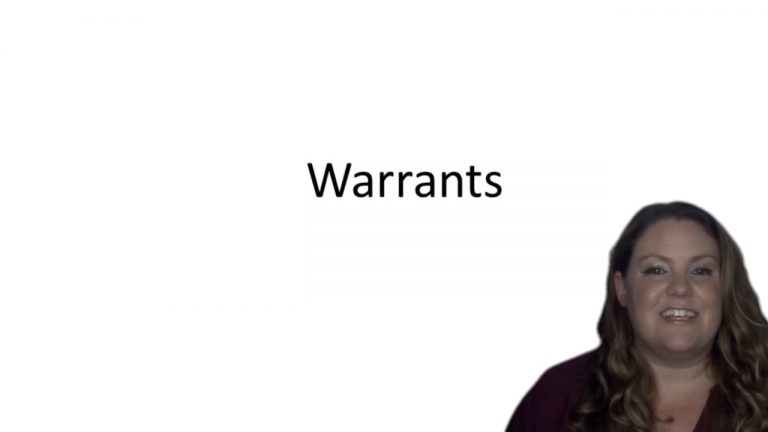SmartBrief
Confirm favorite deletion?
Criminal Law Keyed to Ohlin
Mapp v. Ohio
Citation:
367 U.S. 643 (1961)Facts
On May 23, 1957, three Cleveland police officers arrived at appellant’s residence in that city pursuant to information that a person was hiding out in the home, who was wanted for questioning in connection with a recent bombing, and that there was a large amount of policy paraphernalia being hidden in the home. Miss Mapp and her daughter by a former marriage lived on the top floor of the two-family dwelling. Upon their arrival, the officers demanded entrance but appellant refused to admit them without a warrant. The officers forcibly opened the door and gained admittance. The officers did not have a warrant. They looked into a photo album and through personal papers belonging to the appellant. The search spread to the rest of the second floor and the obscene materials for possession of which she was ultimately convicted were discovered in the course of that widespread search.
Only StudyBuddy Pro offers the complete Case Brief Anatomy*
Access the most important case brief elements for optimal case understanding.
*Case Brief Anatomy includes: Brief Prologue, Complete Case Brief, Brief Epilogue
- The Brief Prologue provides necessary case brief introductory information and includes:
Topic:
Identifies the topic of law and where this case fits within your course outline.Parties:
Identifies the cast of characters involved in the case.Procedural Posture & History:
Shares the case history with how lower courts have ruled on the matter.Case Key Terms, Acts, Doctrines, etc.:
A case specific Legal Term Dictionary.Case Doctrines, Acts, Statutes, Amendments and Treatises:
Identifies and Defines Legal Authority used in this case.
- The Case Brief is the complete case summarized and authored in the traditional Law School I.R.A.C. format. The Pro case brief includes:
Brief Facts:
A Synopsis of the Facts of the case.Rule of Law:
Identifies the Legal Principle the Court used in deciding the case.Facts:
What are the factual circumstances that gave rise to the civil or criminal case? What is the relationship of the Parties that are involved in the case.Issue(s):
Lists the Questions of Law that are raised by the Facts of the case.Holding:
Shares the Court's answer to the legal questions raised in the issue.Concurring / Dissenting Opinions:
Includes valuable concurring or dissenting opinions and their key points.Reasoning and Analysis:
Identifies the chain of argument(s) which led the judges to rule as they did.
- The Brief Prologue closes the case brief with important forward-looking discussion and includes:
Policy:
Identifies the Policy if any that has been established by the case.Court Direction:
Shares where the Court went from here for this case.
Topic Resources
Topic Outline
Topic Refresher Course
Topic Charts & Notes

 10m 22s
10m 22s